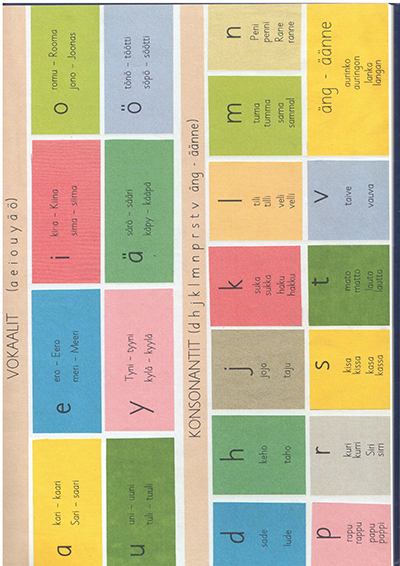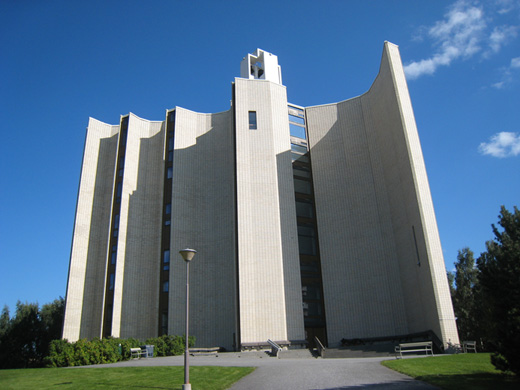| Sorted by date | |||
page180from Nordic Architects Writes
Aarno Ruusuvuori’s Printing House
Weilin+Göös, Tapiola, 1966
the
Marxist-Leninist young people of today will have on the building of tomorrow. So
far there is no specifically socialist theory of architecture, and in style,
too, the architecture of socialist countries has been related to general
Western developments, once it rid itself of the monumentalism of the Stalinist
period. Thus the future prospects of the class fighters
|
|||
|
|||
|
|
|||
page179from Nordic Architects Writes
Reima and Raili Pietilä’s Dipoli Students’
Union Building, Otaniemi, 1966
capital, and demand a clear stand on the
class struggle. The contrast to the ideologically inarticulate 1950s is sharp,
but there is not much in common between the heirs of functionalism and the
class-fighters of today. The young have advanced into political purpose out of
the enchantment of the neo-leftist student revolution which in Finland, too,
threatened the window-
 ... more ... ... more ...
|
|||
|
|||
|
|
|||
page178from Nordic Architects Writes
Aulis Blomstedt’s Annex to the Workers’
Institute, Helsinki, 1959
strong in the optimistic belief in progress
of the 1920s, until the iron fist of fascism shattered all the dreams. Utopian
thinking did not die, though.
In
the 1960s a new view of society spread among planners, behind which lurks the
Three Sector Model of Jean Fourastié. The scientific and technical revolution is expected to eliminate
the old clas... more ...
|
|||
|
|||
|
|
|||
page177from Nordic Architects Writes
All in all, the new social and
technological-minded generation nevertheless considered the Finnish
architecture of the day anti-social. The answer to this accusation could be
that architects do not themselves choose what they are commissioned to do. Obviously.
But architects can both privately and collectively take a stand on the interest
which their limited resources should serve. They can also express ideological
values in the style of their architecture. And the style of architecture does
no always merely reflect the economic basis of building. It may also mould it. First
we make things that look cheap and social. Then we really make things that are
cheap and social. That’s how the functionalists began in the 1920s. at the next
stage ... more ...
|
|||
|
|||
|
|
|||
|
|||
|
|
 ... ...
... ... ... ...
... ... ... ...
... ... ... ...
... ... ... ...
... ... ... ...
... ... ... ...
... ... ... ...
... ... ... ...
... ... ... ...
... ... ... ...
... ... ... ...
... ... ... ...
... ... ... ...
... ... ... ...
... ...